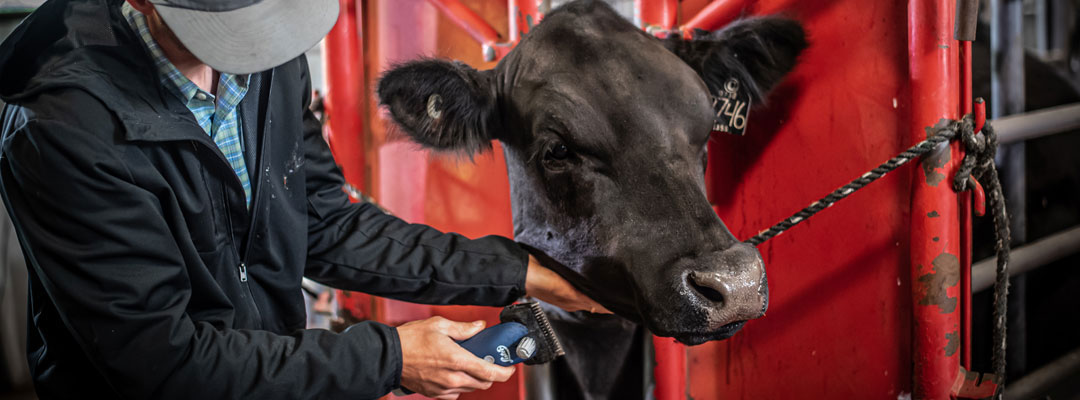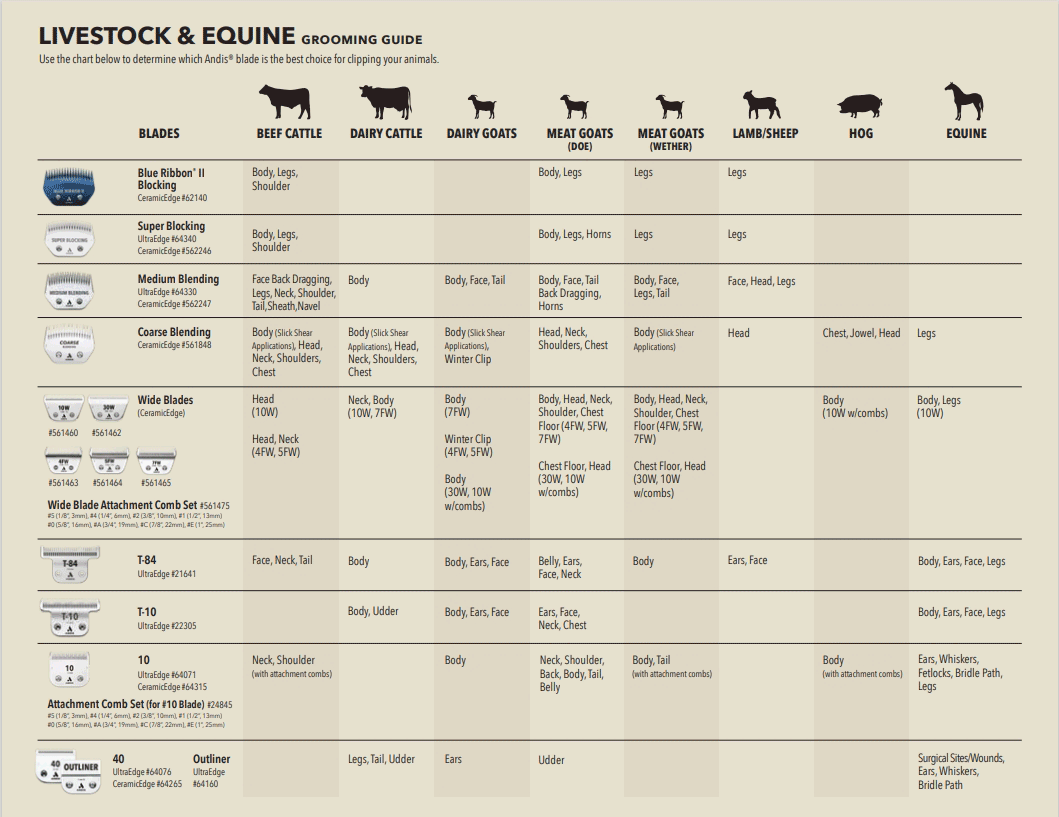Health & Education
We all want the best care possible for our horses. The Heath & Education section covers both Learning Institutions, Organizations as well as many sources for equine assistance including Veterinarians and Farriers.
For those who want a to formally study horses, the Education section includes College Riding, Equine Studies, and Veterinary Schools. Learn about the wide variety of horses in the Horse Breeds section. Supplements and Treatments Therapy are also included in the section.
Everyone can learn from Fine Art and there are some specialty Museums that might surprise you.
Horses as a therapy partner enrich the lives of the disabled. These facilities are listed in our Therapeutic Riding section. To help children and young adults build confidence and grow emotionally, please see the resources available on the Youth Outreach page.
Looking for a place to keep your horse? You can find it in the Horse Boarding section. Traveling? Find a Shipping company or Horse Sitting service if your horse is staying home!
Want to stay up to date with the latest training clinics or professional conferences? Take a look at our Calendar of Events for Health & Education for the dates and locations of upcoming events.
Do we need to add more? Please use the useful feedback link and let us know!
We had a wonderful time at this year's Equine Affaire in West Springfield, MA.
WSI Sportwear - Made in the USA Since 1990
We are a dedicated team of hard working and creative individuals who aim to provide high quality clothing Made in the USA. Joel Wiens founded WSI, a leader in premium sportswear design & manufacturing, in order to provide the best sportswear on the market to demanding athletes. Since 1990, WSI has achieved excellence by combining cutting-edge design, high tech materials & ultra-modern innovations which are crafted to provide the athlete with the most comfortable performing sportswear in the industry at its facility in Eagan, Minnesota.
You can find WSI in our section for Riding Apparel
Are you interested in promoting your business or sharing content on EIE? Contact us at info@equineinfoexchange.com

Clipping livestock or equine before a show does not have to be overwhelming. With so many clippers, blades, and styles to choose from, it is easy to get confused. Roxanne Zenner from Andis, breaks down what is needed to choose the right blades, maintain equipment, and clip effectively.
How to Choose the Right Blade?
Clipper blades can be found in detachable blades or adjustable blades.
All detachable blades are interchangeable with industry-standard clippers, including brands like Andis, Wahl, Oster, and Heiniger. Blades from different brands can also be used together, allowing flexibility for grooming needs. When changing out blades, turning the clipper on while installing ensures proper alignment. Detachable blades are made from stainless steel or ceramic. With ceramic, blades stay sharper longer, heat up slower, and leave fewer track lines, helping prevent going over the same spot multiple times. Blades are also available in wide or fine-tooth versions.
Adjustable blades, usually found on trimmers, allow manual changes to the cutting length and work best for cleanup rather than full-body clipping.
The numbers on the blades indicate hair length. Lower numbers leave hair longer, while higher numbers cut it shorter.
New to clipping? Start with guards on the blades. Guards provide a forgiving cut, reducing the risk of taking too much hair at once, and help develop a feel for the clippers and blades. Once confident, remove the guards for more precise, controlled strokes.
Corded or Cordless Clippers?
The choice between corded and cordless clippers often comes down to convenience, budget and preference. Cordless clippers match corded units in power and are ideal for barns or areas without easy access to electricity. Corded clippers provide uninterrupted power, which can be reassuring for longer clipping sessions.
Clippers are available in a range of speeds, from 2,500 - 6,500 strokes per minute, and can feature one-speed, two-speed, or five-speed options depending on the model.
How to Properly Maintain Clippers and Blades?
Proper blade maintenance prolongs the life of both the blade and the clipper. Oiling blades after each use is essential to prevent rust and preserve performance. For extended clipping sessions and disinfection, Cool Care Plus can be applied to blades to keep them cool and reduce the risk of spreading viruses.
Blade Care Plus can be sprayed directly on the blade or used to gently immerse and run the blade, rinsing away excess hair and buildup. Store blades properly, protected from the elements, to prevent rust and damage.
Blades should be replaced or sharpened if they leave track lines, snag or fail to cut smoothly. Slow performance or unusual noises may indicate that the Blade Drive or Hinge Assembly, located under the Drive Cap, need replacement.
How to Make Clipping Less Stressful for the Animal?
Before clipping, bathe and brush the animal thoroughly. This reduces stress for the animal, the clipper, and the handler. Introduce the clipper gradually, letting the animal feel the vibrations and hear the noise. Placing the running clipper gently against the animal helps them adjust before full clipping begins.
Understanding clippers, blades, and proper technique ensures a smooth grooming experience and helps animals look their best for any show.
The chart below provides a quick guide to the best blade choices for different areas of the animal. Chart provided by Andis.

Whether for horse, livestock or pet, Valley Vet Supply is your one-stop shop for trusted care. Explore more of our show / grooming supplies category at ValleyVet.com.
All photos courtesy of Valley Vet.
There are more informative articles in our section on Health & Education. While you're here, take a look at our Curated Amazon Store.
Are you interested in promoting your business or sharing content on EIE? Contact us at info@equineinfoexchange.com
- How Feeding Routine, Age and Workload Affect Joint Supplement Needs
- Vitamin E Requirements and Testing Recommendations in Horses
- Semican Horse Feed at Equine Affaire 2025
- CBD and other Cannabinoids – How they can benefit you, your horses, and your pets
- Causes of Death in Retirement Facilities for Horses
- "Purina" at Equine Affaire 2025
- "Equi-Analytical" at Equine Affaire 2025
- "Smart Equine" at Equine Affaire 2025
- "Chewy" at Equine Affaire 2025
- "Dimples Horse Treats" at Equine Affaire 2025
- "Boehringer Ingelheim" at Equine Affaire 2025
- "HoofWand™" from Ranchers Preferred at Equine Affaire 2025
- Vaccinations Cause an Increase in Inflammation
- Using Microchips to Measure Body Temperature in Horses
- Four Directions Amino Acids Can Take - The Importance of Feeding Several Protein Sources
- Why is the American Quarter Horse the Most Popular Breed in the World?
- Get Your Goat! A Horse Companion Option
- Western Saddle Fitting 101: Tips on Proper Fit, Saddle Pads and More
- Biggest Barriers to Human-Led Exercise in Horses
- The Importance of Canine Oral Health - Dog Dental Powders

































